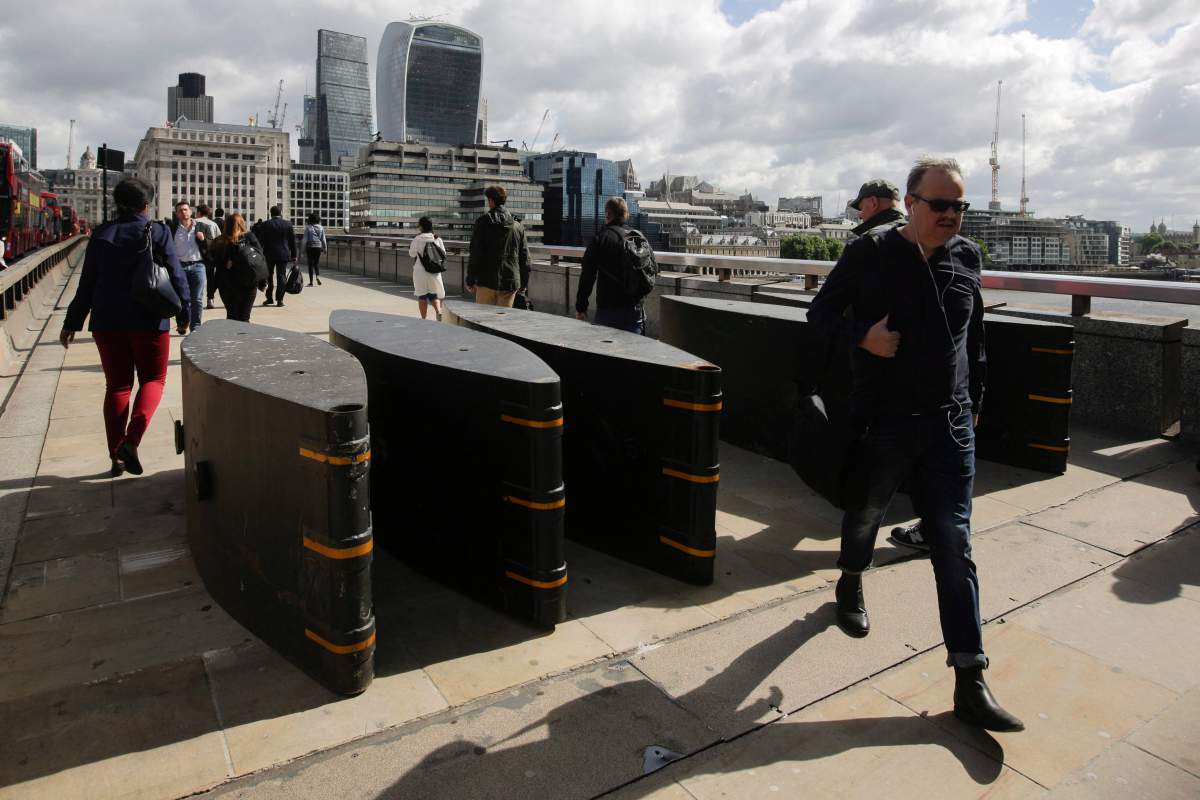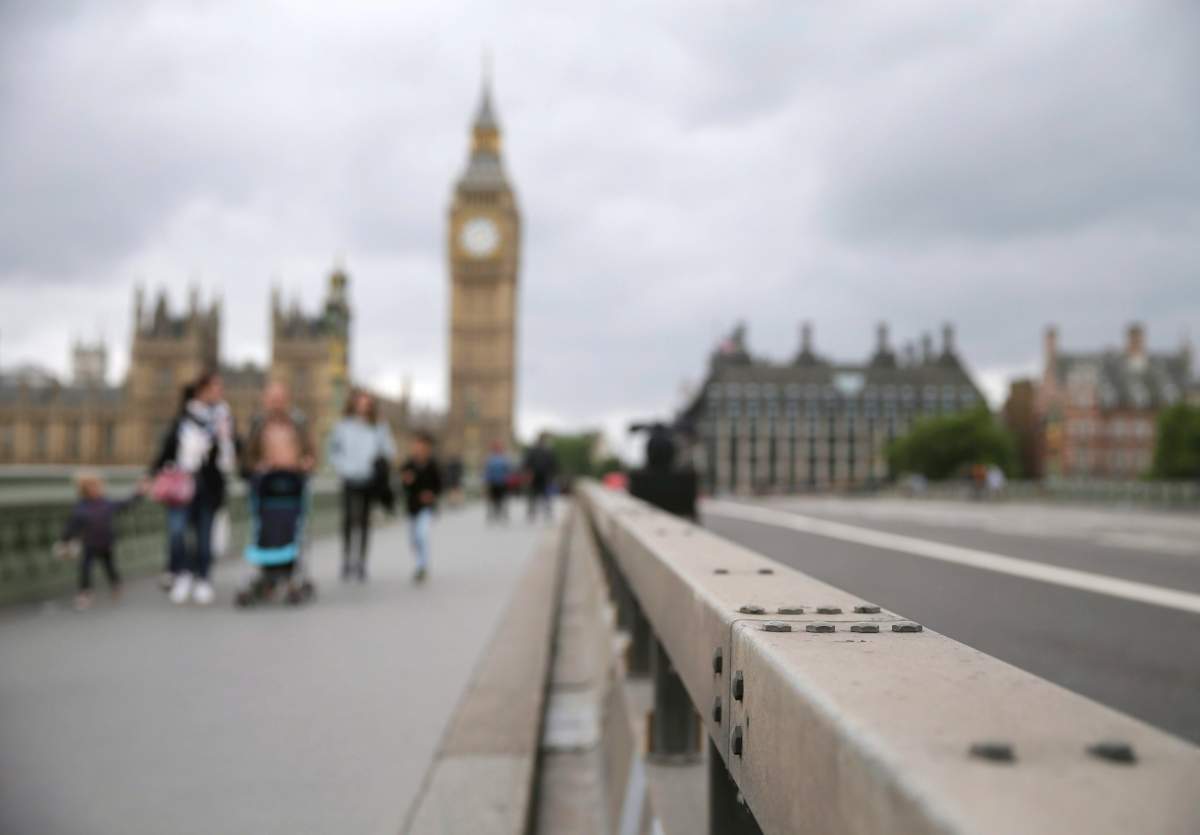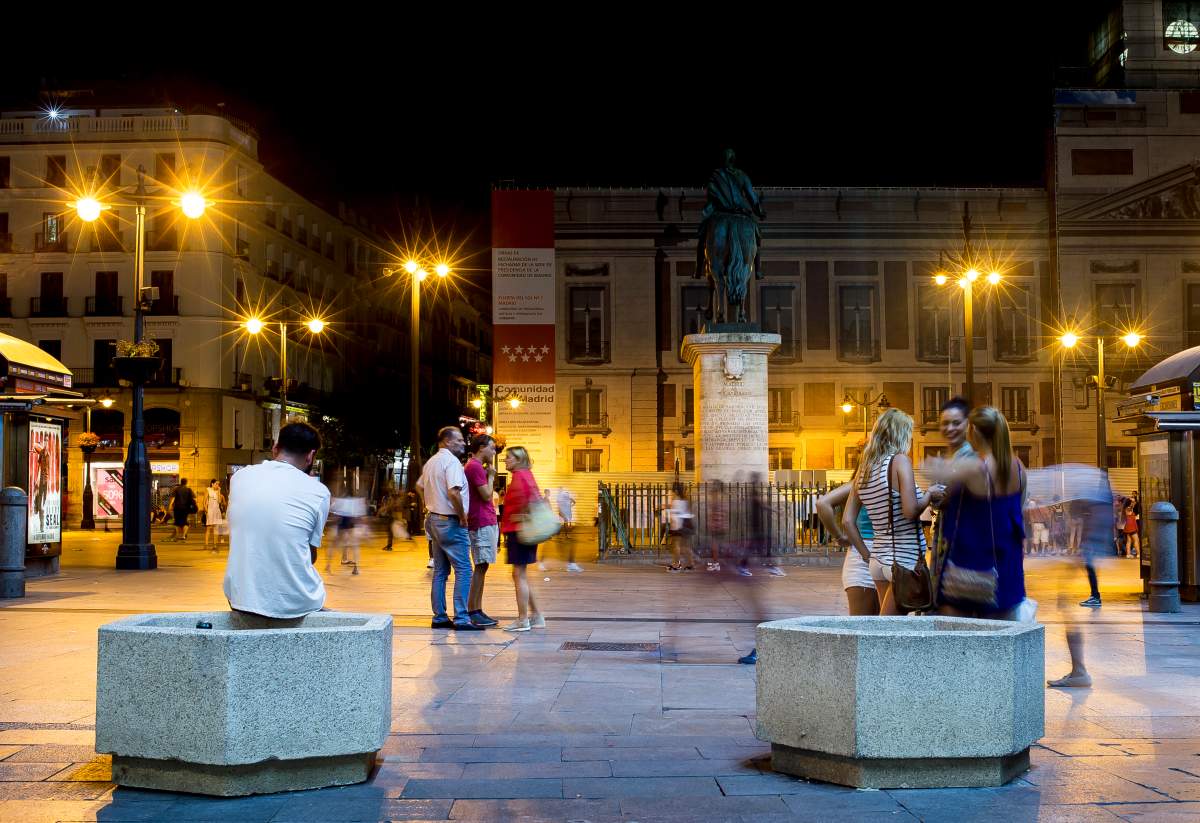Toronto has joined a list of major cities that are grappling with pedestrian safety after a van plowed into a crowd of people along a busy sidewalk, killing 10 people and injuring 14 others.

Authorities in Toronto identified Alek Minassian as the man suspected of using a Ryder rental van to run down several pedestrians.
Hours after the attack, the city set up concrete barriers around Toronto’s Union Station — a high traffic area in the city — in order to beef up security.
Vehicle rampages have claimed hundreds of lives in recent years, particularly in Europe. In September, a man stabbed a police officer and ran over four pedestrians in a U-haul cube van in Edmonton.
The vehicle attacks in Toronto and Edmonton have raised questions about preventative measures, specifically, if barriers should go up in heavy pedestrian areas.
WATCH: Graphic re-creation shows how van attack unfolded down Toronto’s Yonge Street

What have other major cities done?
The use of pedestrian safety measures, like concrete barriers, is growing in cities around Europe and the United States as vehicle attacks become more prominent.
Governments around the world have been forced to work out how to protect citizens while keeping public areas aesthetically pleasing.
READ MORE: Vehicle ramming attacks, a timeline of incidents from 2006 to now
“In the aftermath of attacks … obtrusive security features – notably temporary concrete or steel blocks – are commonly ‘thrown’ around key sites to stop vehicle attacks. They are not necessarily aesthetically pleasing,” Jon Coaffee, a professor of Urban Geography at the University of Warwick wrote in The Conversation.
“There is a predominant view among security experts that security features, where possible, should be as unobtrusive as possible. This had led to them being increasingly camouflaged and subtly embedded within the cityscape,” he wrote.
Examples of these camouflaged barriers include public artwork, flower pots, decorative walls or steal benches that are heavily anchored to the ground.
Nice, France
During Bastille Day celebrations in Nice in 2016, a man drove a cargo truck into crowds, killing 86 people. Since the attack, the city has spent nearly $50 million on protecting potential target areas in the city from possible vehicle attacks.
Berlin, Germany
Twelve people were killed in December 2016, after a man rammed into a crowd of people at a Christmas market in central Berlin.
After the tragedy, Berlin’s police chief, Klaus Kandt, argued that bollards (metal barriers) would not have prevented the attack. With “so many potential targets” he said it was impossible to reduce the risk to zero.
WATCH: Toronto Christmas market increases security after Berlin attack

New York City, U.S.

Get daily National news
In October 2017, a man drove a rented pickup truck down a busy Manhattan bike path, killing eight people and injuring 11 others.
Since the attack, the city has spent nearly $65 million on protective measures, including the installation of 1,500 metal barriers in key locations around New York City.
WATCH: New York City dealing with its first terror attack since 9/11

Las Vegas, U.S.
After the fatal shooting in Las Vegas in October 2017, the city installed hundreds of bollards along the Las Vegas Strip in what officials called a “matter of life and death” to protect people from those who could use vehicles as weapons.
London, U.K.
On June 3, 2017, three attackers struck pedestrians on the London Bridge before exiting the vehicle and stabbing people in an attack claimed by ISIS. Days later, a man drove a van into a group of worshippers leaving London’s Finsbury Park mosque, injuring 10 and killing one.
In the wake of the attacks, the British government issued a 175-page document called Crowded Places Guidance, which highlighted how public seating and solid planters could prevent a threat like this from happening again.
The city of London also installed concrete blocks and large barriers along main bridges, such as Westminister and London Bridge in order to dissuade any future attacks.
Barcelona, Spain
In August 2017, a driver plowed through a tourist district in Barcelona, killing 13 people and injuring 100 others.
Spanish authorities had previously placed concrete blocks to secure vulnerable areas, and Barcelona also banned large trucks from accessing central areas in that period. But it still did not prevent the van from ramming into a crowd of people.
READ MORE: Witnesses say van zigzagged to hit maximum number of pedestrians in Barcelona attack
After the attack, authorities in Madrid installed large concrete plant pots near the city’s central square. Cities in Italy, such as Milan and Rome, also set up concrete barriers at famous landmarks and high-traffic pedestrian areas.
Woould these measures prevent another attack in Toronto?
In the wake of the van attack on Yonge Street, Toronto politicians and city planners have been discussing how to move forward with pedestrian safety.
“Unfortunately the short answer is it’s very difficult, you can’t protect all the areas where there are crowds,” University of Alberta security expert, Jon McCoy said. He said it’s impossible to fortify the entire city against something like this.
WATCH: Toronto van attack raises new questions about sidewalk safety

“The best things we can rely on are community policing, putting up barricades where necessary and areas where there is sporting events or concert events … and just taking the necessary precautions,” he said.
Toronto’s former chief planner, Jennifer Keesmaat said erecting massive metal barriers such as the ones put in front of Union Station, is “nonsensical” and only “creates the perception” that Toronto is less safe than it was three days ago.
In a series of tweets about how to make sidewalks safe, Keesmaat said designing “safe streets,” such as using flowers, plants and trees, and adding a layer of street parking, will help protect pedestrians from speeding cars.
A safe streets design, like the one Keesmaat argued for, has already been proposed for Yonge Street, where the van attack took place.
The proposal is called Transform Yonge Street and last month city council voted to defer the proposal for more study. The plan includes installing more flower boxes, benches, trees, narrowing streets, widening sidewalks and separating bike lanes.
The 20-15 vote to defer a final decision included support from Willowdale Coun. John Filion Mayor John Tory.
— With files from Global News’ Stewart Bell and Reuters















Comments